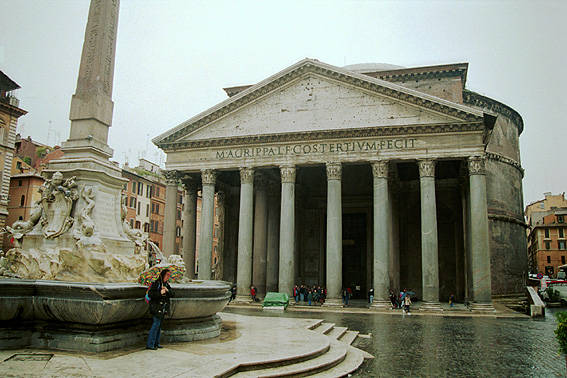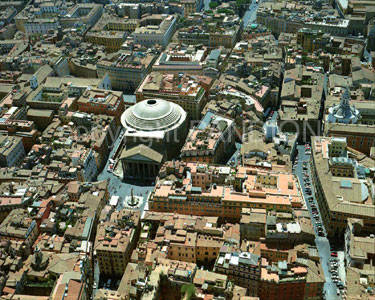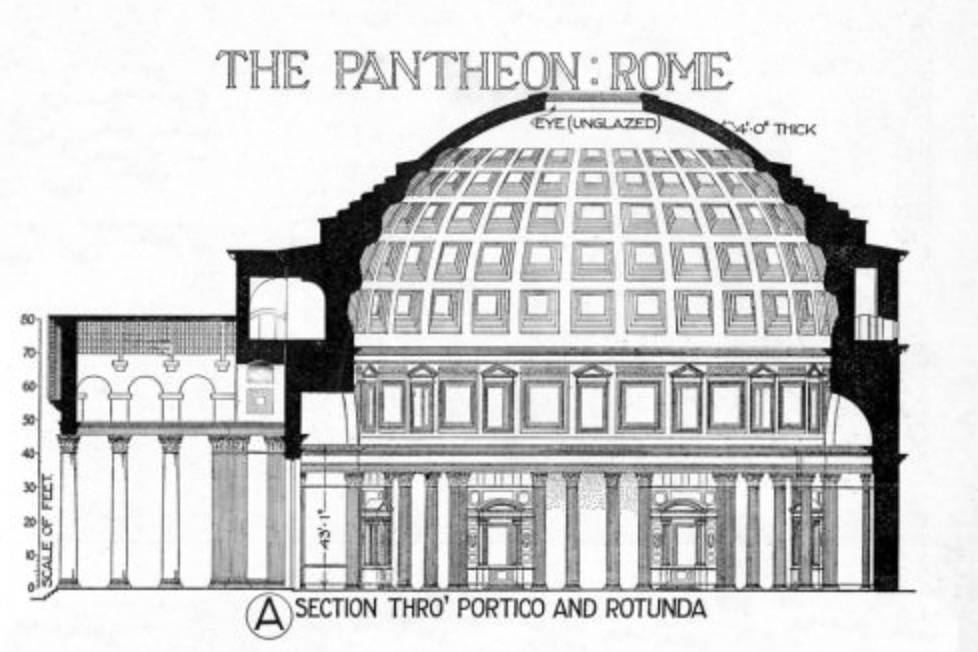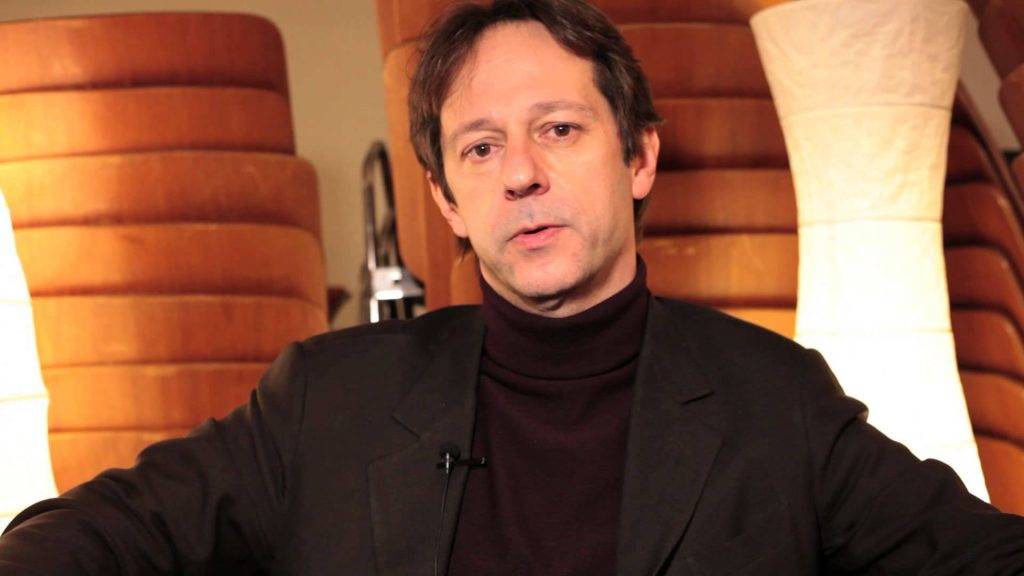Pricing the Pantheon: To Pay or not to Pay
ROME -- Not everyone thinks that to pay 2 euros -- that is, $2.35 -- for entry into the Pantheon after May 2, 2018, is a brilliant idea. The payment, one euro less than in the original project launched last autumn, is the result of an agreement between church and state, signed Dec. 11 by Mons. Angelo De Donatis, vicar of the Diocese of Rome, and Dario Franceschini, Italian Culture Minister.
Among those opposing paying a ticket to enter the ancient monument is Luca Bergamo, Rome's former culture commissar and today Deputy Mayor in the city administration led by the Movimento Cinque Stelle (M5S). "At the price of going to jail I'm ready to chain myself to the Pantheon the very moment they start selling tickets," he announced Oct. 4. Bergamo is also on record saying that he believes that all museums and archaeological sites in Rome should allow visitors to enter free of charge.
In the case of the Pantheon, with 7.4 million visitors in 2016, some of the resistance to paying entry is because this magnificent and beautifully preserved former Roman temple, completed under Hadrian around 125 AD, was Christianized into a church named St. Mary of the Martyrs in 608 AD. On the other hand, consider the cost of entry, 25 pounds sterling, or $33.41, into London's Westminster Abbey, similarly an historic church.
Fact is, year in year out, maintenance of the Italian cultural heritage does not come for free. Visitors like the 2 million at the Uffizi last year pay entrance, but can damage the microclimate of a site that is hundreds of years old through people pressure, introduction of dust and raising the temperature by their presence. Paintings and sculptures must be kept clean and restored from time to time (and past unfortunate restorations repaired). Exterior costs are for maintaining roofing and keeping buildings free of vehicle pollution. Electronic security must be paid and guards, their salaries and pensions -- the Vatican alone, for instance, has 700 guards.
Income from the heritage should suffice to pay all this. The so-called "valorization" of the heritage from cultural tourism reportedly amounts to 5.8% of the gross domestic product (GDP), and no one ignores Italy has unique advantages in promotion of cultural tourism. Among all international tourist destinations, with over 51 million foreign visitors annually, Italy ranks fifth after France, the USA, Spain and China, but before Turkey, German and Great Britain.
"Italy is without doubt among the countries vaunting the most obvious advantages, due to its culture: an extraordinay blend of landscape, archaeological sites, museums, folklore and popular traditions," in the words of Massimo Misiti of the Centro Studi Gianfranco Imperatori, writing in "L'Arte di produrre Arte, Competitività e innovazione nella Cultura e nel Turismo," the research volume published in 2017 by Marsilio for the non-profit Associazione Civita.
Although foreign visitors actually spent less per capita than in the past, their numbers increased, and so the amount spent rose significantly between 2012 and 2016, from $37.6 billion to $42.3 billion, according to the Bank of Italy. Of these visitors, last year over three-quarters came for "personal reasons" like vacations (50%), work (25%), shopping (12%), and to see relatives and friends (almost 10%). Miniscule percentages came to study (under 1%) and for religious reasons (0.14), according to a 2016 study by the Italian state tourist agency ENIT.
Again quoting the Civita researchers, despite its advantages, culture as an industry in Italy compared with metalmechanics or food production lags behind that in Germany and Great Britain, albeit ahead of France and Spain. Its weaknesses lie in the performing arts, publishing, communications and architecture. Still, private foundations and individuals are playing an ever more important role, according to Emmanuele Emanuele, The vice president of Civita, he cited Sottosopra!, a teaching project that introduces archaeology to children between four and ten years of age. The use of advanced technology "permits these youngsters to live an experience in a world that only some of them had even imagined," said Emanuele. In addition, electronic innovations will bring further advances in the cultural industry, he says. "The participation of the private social [networks] is ever more important in improving the quality of life for all and everyone."






































i-Italy
Facebook
Google+
This work may not be reproduced, in whole or in part, without prior written permission.
Questo lavoro non può essere riprodotto, in tutto o in parte, senza permesso scritto.